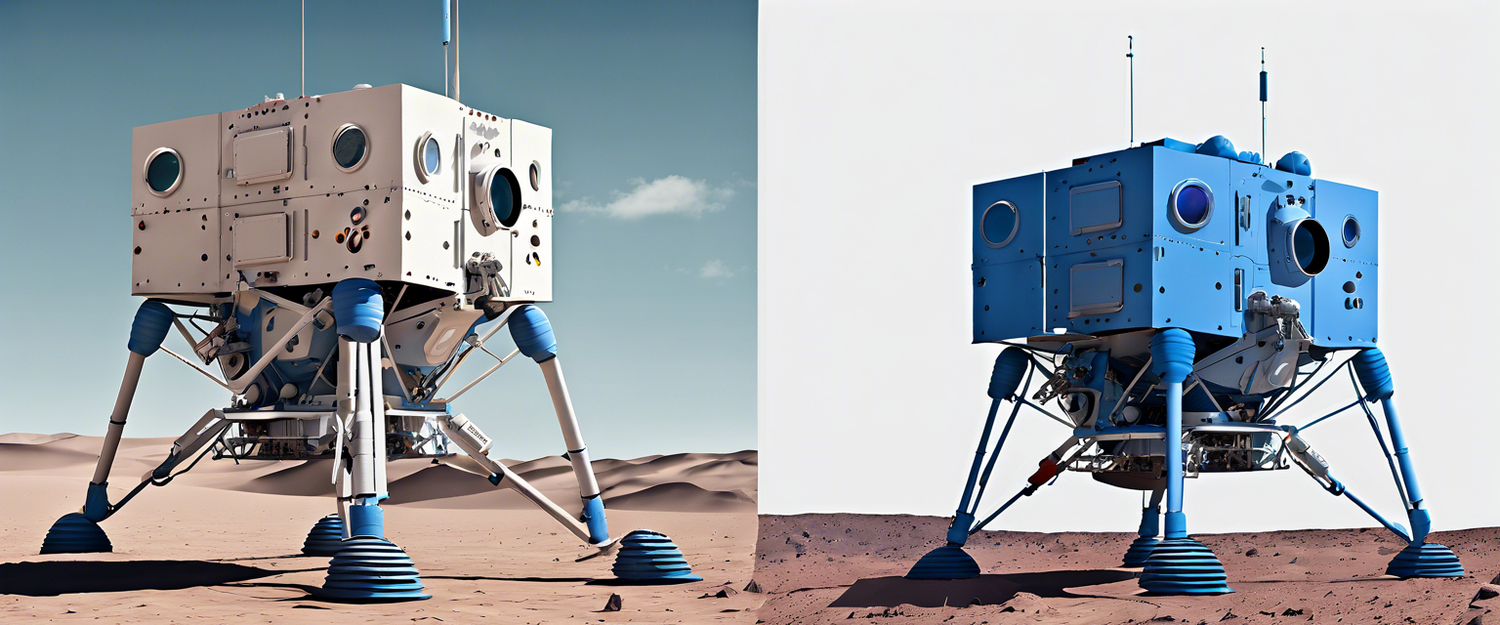Exciting New Moon Landings: SpaceX and Firefly Aerospace Collaborate
A lander hasn’t successfully reached the surface of the Moon’s cratered Mare Crisium region since the Soviet Luna 24 probe landed there to collect samples in August 1976. However, this remarkable dry spell is set to end as SpaceX is preparing for a groundbreaking launch on January 15th, featuring not one, but two lunar landers—Firefly Aerospace’s Blue Ghost 1 and the Japanese company iSpace's Resilience.
Launch Details
SpaceX’s Falcon 9 rocket is scheduled to launch at approximately 1:11 AM EST. This historic mission will see both landers embark on a journey to the Moon, which will take approximately 45 days to reach the lunar surface. Following this, they will dedicate an additional 14 days to carrying out surface operations—an exciting exploration of Mare Crisium’s unknown terrains.
Purpose of the Mission
The Firefly lander, Blue Ghost 1, is set to deliver 10 NASA payloads to the Moon's surface. These sophisticated instruments are designed to:
- Measure various particulate compositions
- Analyze thermal properties
- Evaluate electromagnetic activity related to both the Moon and the Earth
These measurements will serve essential functions, enhancing our understanding of the Moon’s resources and its historical context, along with improving lunar landing and takeoff procedures.
Spotlight on the LEXI Payload
One of the most intriguing payloads onboard is the LEXI instrument—a state-of-the-art x-ray machine that monitors the Earth’s magnetic field. Data captured by LEXI will be essential for NASA to study how our magnetosphere interacts with solar winds. Understanding this interaction will allow scientists to accurately detect and track solar weather patterns, which can lead to significant impacts such as power outages on Earth and disruption of satellite and GPS systems.
This initiative marks NASA’s second attempt to deploy this technology. The first endeavor took place in 2012 when the device was known as STORM. Unfortunately, that mission did not land on the Moon and was unable to gather all the critical data that LEXI's advanced wide-angle sensors are equipped to capture.
Conclusion
The upcoming launch on January 15th represents a significant leap forward in lunar exploration. With innovative payloads designed for comprehensive analysis of the Moon's surface, along with advancements in understanding how Earth’s systems interact with cosmic phenomena, this mission is set to broaden our scientific horizons and deepen our connection to the lunar landscape.
Stay Updated!
For real-time updates and coverage of this historic launch, stay tuned to reputable space exploration outlets and NASA's official channels. Will you be watching this landmark event? Let us know in the comments below!



Laat een reactie achter
Alle reacties worden gemodereerd voordat ze worden gepubliceerd.
Deze site wordt beschermd door hCaptcha en het privacybeleid en de servicevoorwaarden van hCaptcha zijn van toepassing.